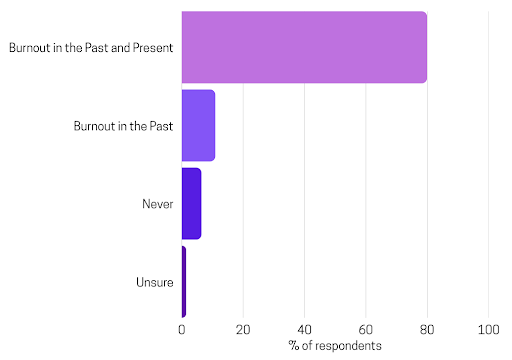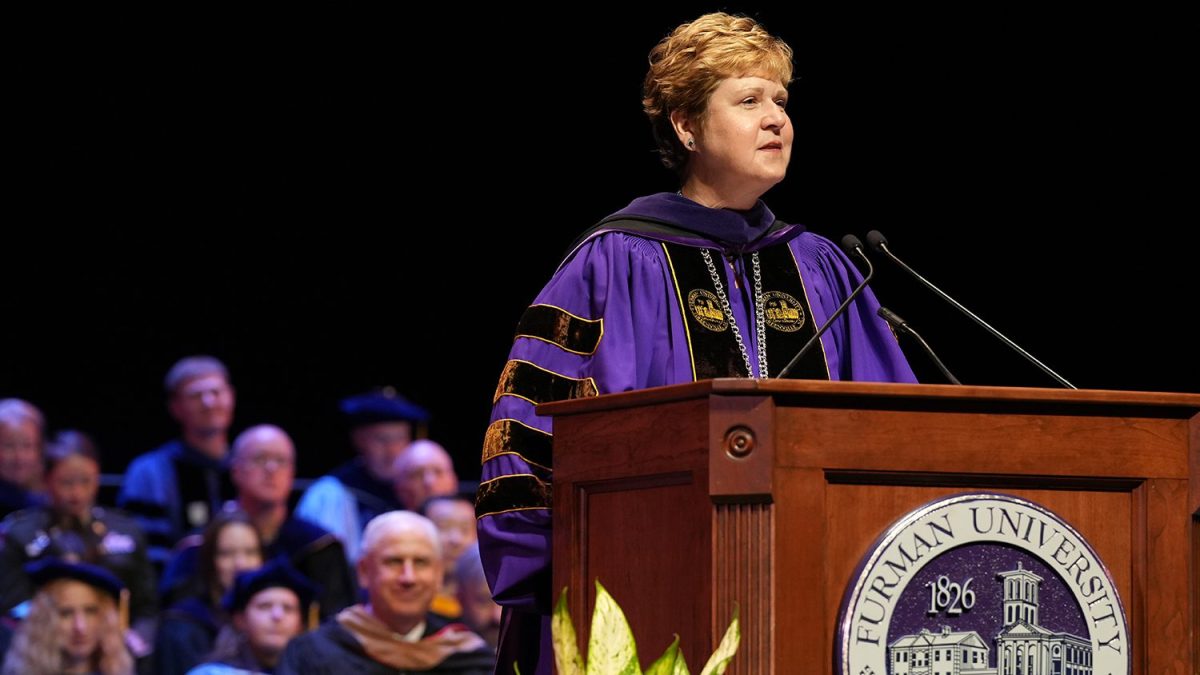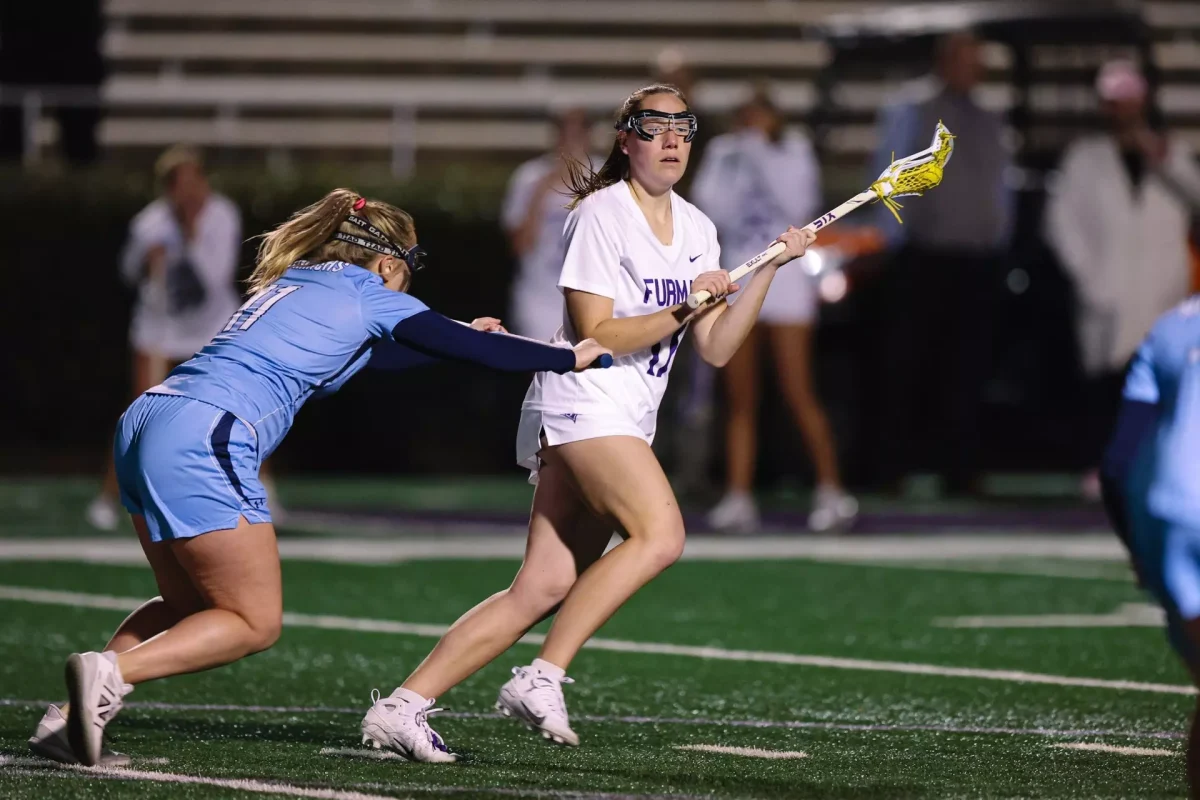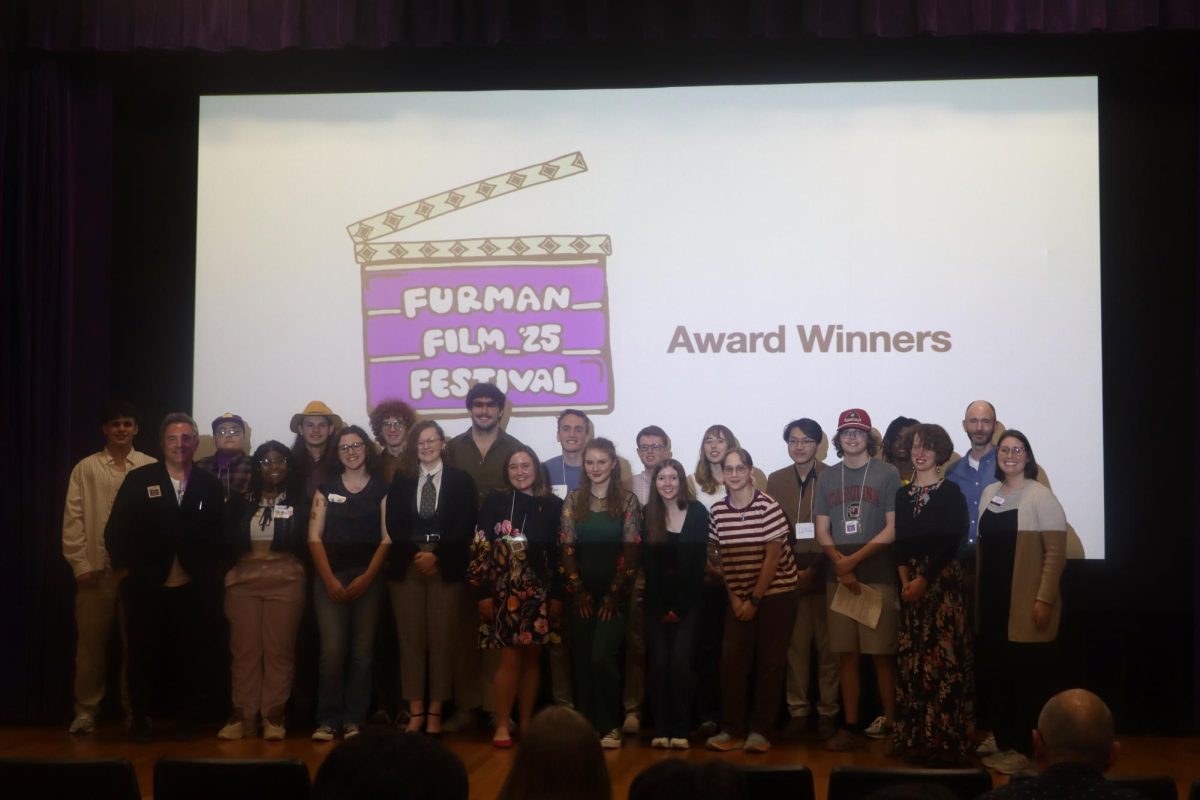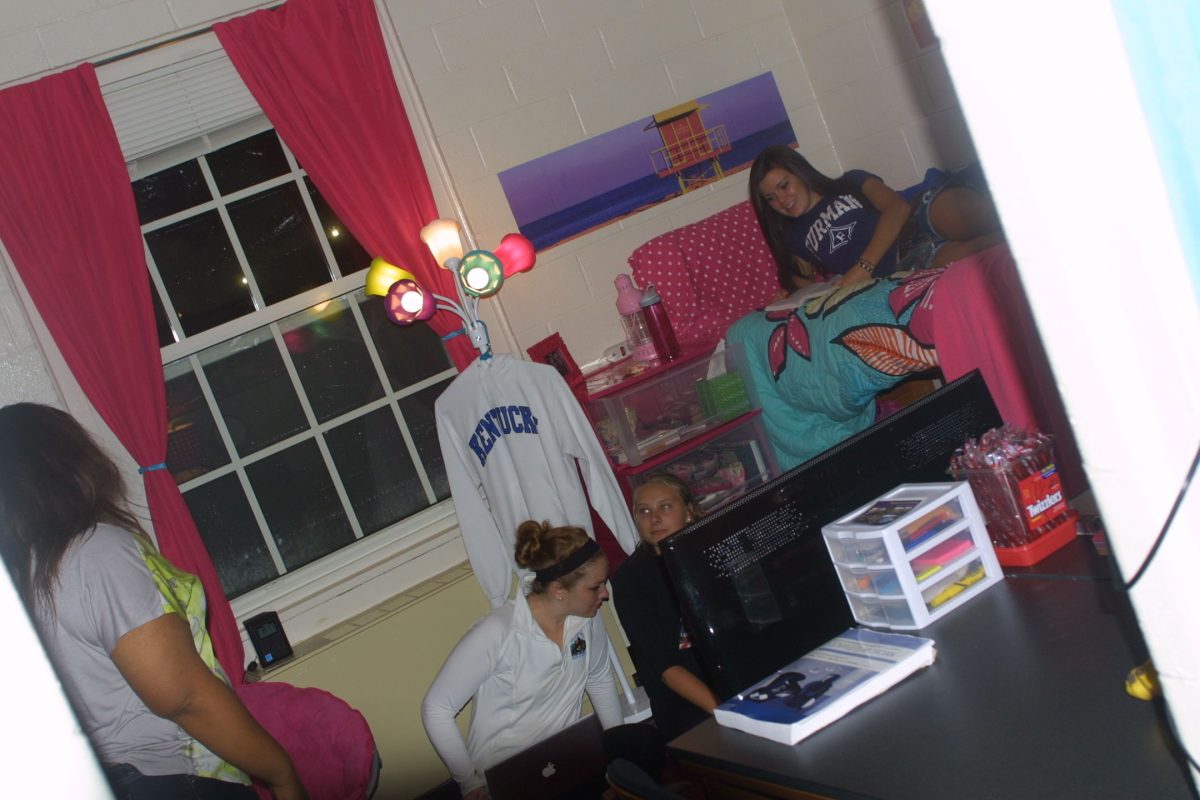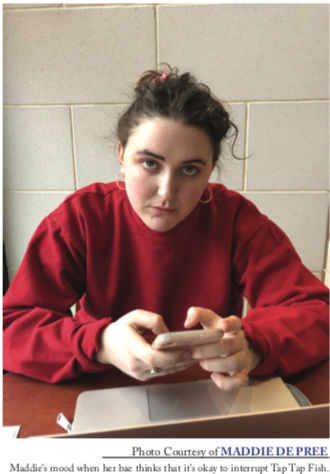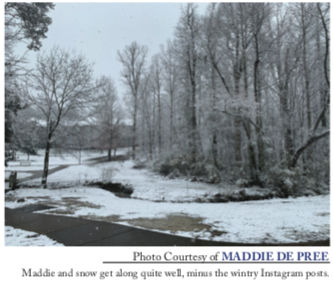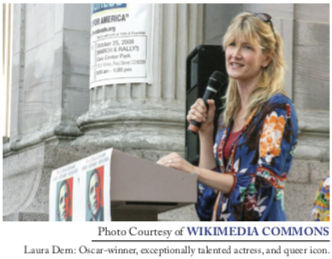Sarah Koenig’s influential podcast “Serial,” which told the true story of the trials and tribulations of convicted murderer Adnan Syed, set off a new wave of interest in the true-crime genre. Naturally, it was Netflix, which always seems to have its finger on the pulse of pop culture, that capitalized on this interest with the next big true crime hit, “Making a Murderer,” an absorbing murder mystery centered on Wisconsin man Steven Avery. Both of these examples showed the impact that media and pop culture can have even on something as sacred as our criminal justice system. Syed was granted a retrial in the midst of “Serial”’s popularity and new investigations have been conducted into the Avery case since the Netflix show. But now Netflix has taken on perhaps its most ambitious true crime effort yet by tackling one of the most famous murder cases of the 21st century, the Amanda Knox case, in a new documentary from directors Rod Blackhurst and Brian McGinn.
The story, for those who don’t know it, is a complex one. In 2007 an American college student named Amanda Knox, along with her Italian boyfriend Raphaele Sollecito, was arrested for the murder of her British roommate Meredith Kercher, while studying abroad in Perugia, Italy. The gruesome crime soon became the stuff of sensation, a tabloid-ready story packed with drugs, sex and violence. It was quite simply, as British journalist Nick Pisa tells us in the film, the stuff of journalists’ dreams.
Bringing something fresh to such a familiar story is always difficult, but Blackhurst and McGinn have accomplished what no other telling of the story has managed so far. They’ve managed to get Amanda Knox to talk. Their unprecedented access to Knox, Sollecito and many other figures intimately involved makes this film a must-see for anyone interested in the case.
Another struggle the filmmakers face is condensing the nearly decade-long story into a crisp 100 minutes, but it’s one which they manage to accomplish with style. Their recounting of the murder has enough of the important details to fill in those unfamiliar with the story, but it doesn’t beat the facts to death so as to bore someone who knows the case well. Whereas “Making a Murderer” focused a lot on the investigation into the murders, “Amanda Knox” is more concerned with the media’s impact on the investigation and on the lives of Amanda and Raphaele. And the directors have wisely chosen the smarmiest of villains, in Nick Pisa, to give the media’s perspective. The directors don’t have to hammer their point home because Pisa, who left me in slack-jawed astonishment with the pomposity and apathy of some of his remarks, hammers it for them.
Granted, the film’s point about the life-changing effect that media sensationalism can have is a somewhat ironic one for a Netflix original to be making, given that “Making a Murderer” has been accused (and not without justification, I may add) of ignoring or deemphasizing some of the crucial facts in the Avery case. Nevertheless, one has to watch “Amanda Knox” on its own, without that context, and the truth is that the documentary has a devastating impact. By telling the story from all of the perspectives, its many dimensions begin to reveal themselves. Someone with only a basic understanding of the facts of the case may find it easy to blame a specific person for what ends up happening, but Blackhurst and McGinn’s film makes it clear that it’s much more complicated than that. They want us to see that there is a systemic problem at work rather than an individual one.
However, I don’t mean to make the film sound overly didactic because as a piece of entertainment, “Amanda Knox” is gripping from beginning to end. Even though it’s clear where the filmmakers stand with regards to the case, there’s something chilling about the way the film opens and closes with Amanda narrating against a stark, gray background.
“People love monsters,” Amanda says in the final moments, and we still have to wonder who the monster she’s talking about is. If I have a complaint about the film, it’s that some of the recent developments in the story are somewhat relegated to the sidelines. The movie drops at least one bombshell in unassuming, on-screen text, as if it were a mere afterthought. But, make no mistake, this is a superb piece of work. Not only will it pin you to your seat, but it packs a profound punch that will force you to confront the role the media has in our society. A strong recommendation, for sure.
Grade: A


